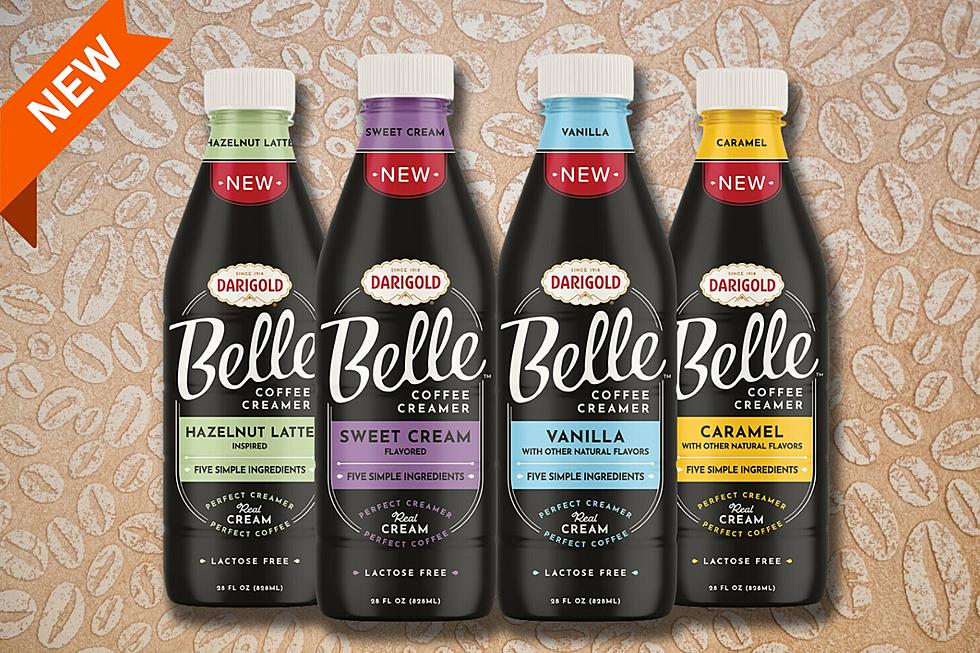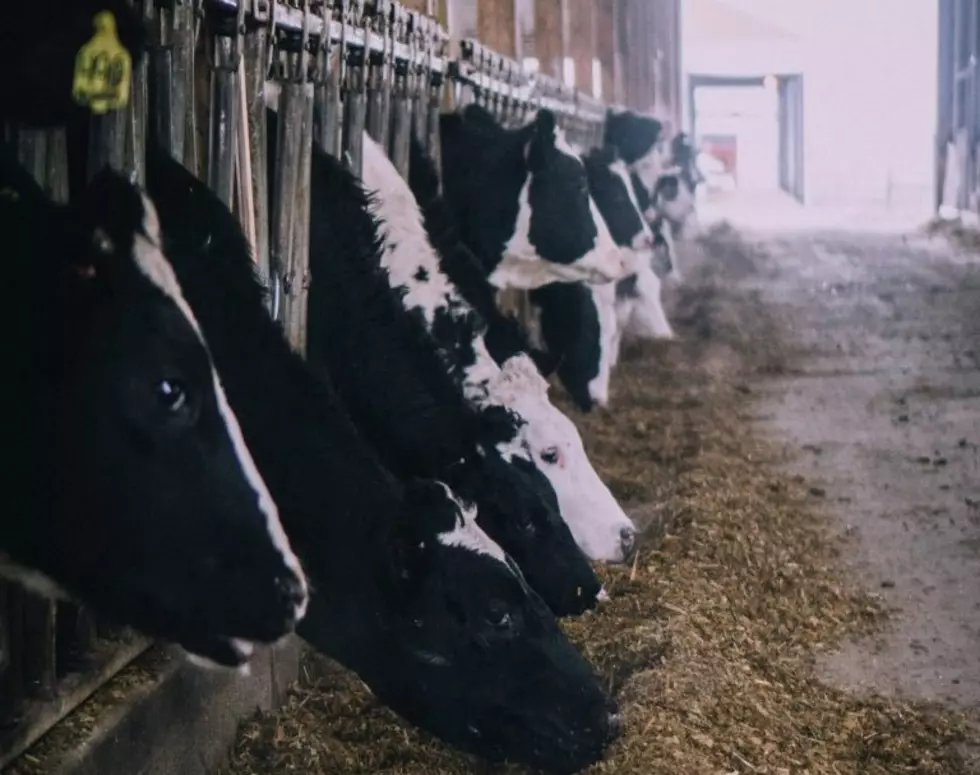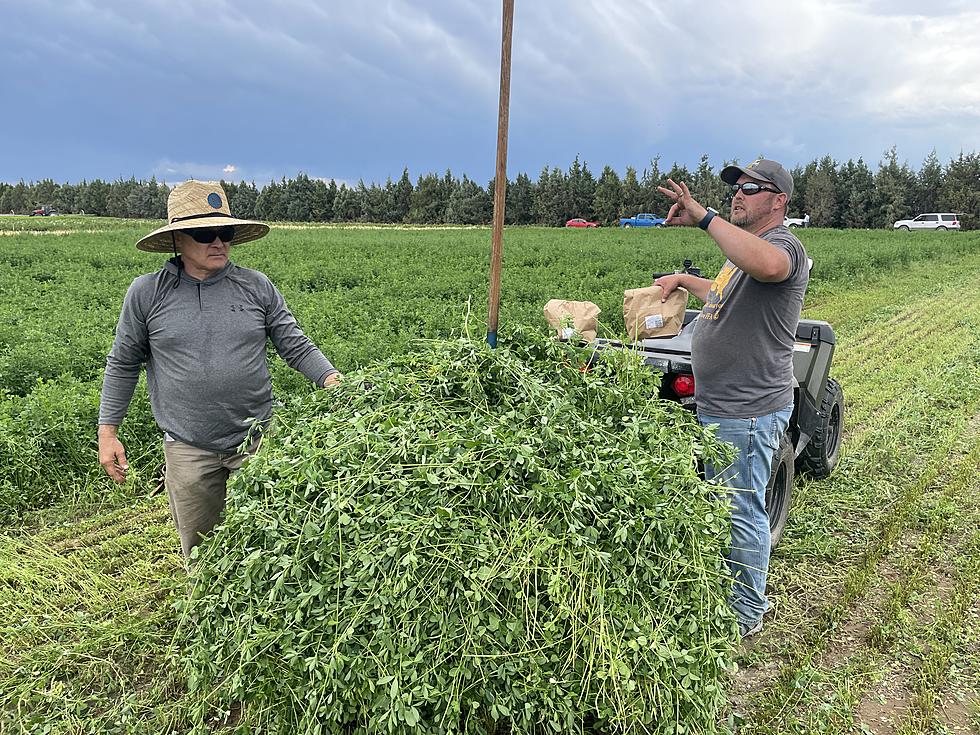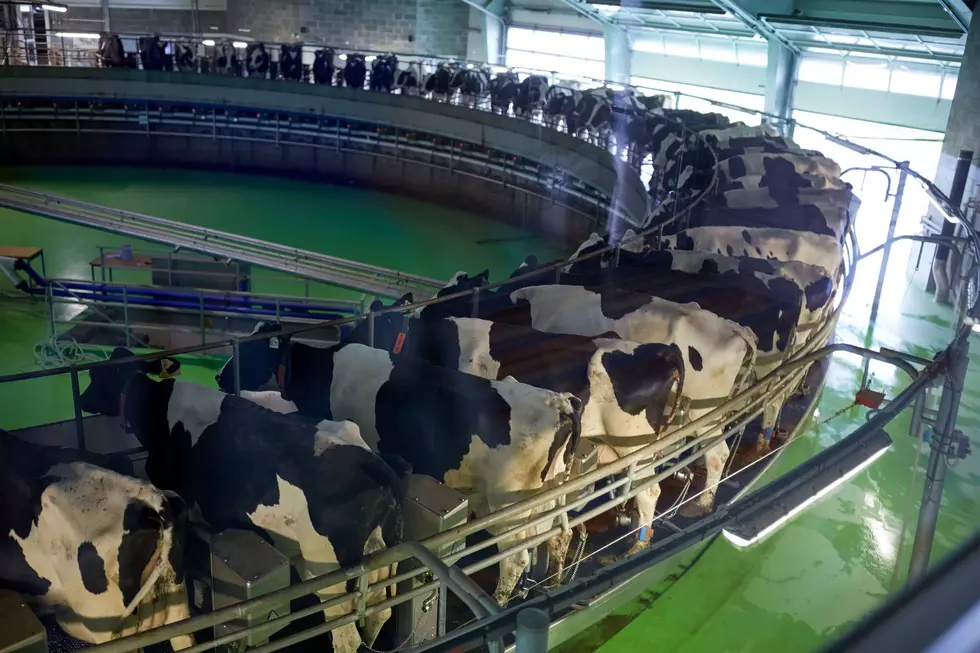
With Input Prices So High, Dairy Producers Need To Look For Quality Forage
Prices for everything needed on the farm is going up, including feed prices, prompting a discussion on realizing the value of forage quality. Mike Brouk of Kansas State University says forages comprise of roughly 50% of the diet of a diary cow.
“They also represent the greatest amount of variability as compared to our concentrates like corn and soybean meal. So, when we look at where our opportunities are, we're not going to probably change nutrient content of corn or soybean meal, those prices are set by other forces. But for the forages, we have a huge opportunity here to do something better for our cows and then maybe reduce the dependency that we have on things like corn and supplemental proteins.”
One example dairy farmers can look at is improving starch in corn silage.
“As corn silage matures, as we get closer to about 38% dry matter in a normal growing situation, we gain quite a bit of starch. And we have to have the right growing conditions for this to actually happen. But if we can delay harvest, not worry about frost and those sorts of things, we can get to a higher starch content, which will reduce the amount of corn that we have to add to the diet to provide the correct starch level.”
Meanwhile, alfalfa, dairy producers are looking for protein.
“So, it's can you harvest alfalfa that has a higher protein content, maybe has a slightly higher tonnage rate and still have the quality or the fiber digestibility that you need. So, some of the things that producers are doing, a lot of producers plant low lignin alfalfas, that extends our harvest window and still maintaining that quality because they have a little less lignin to deal with, so we can increase the tonnage which also increases the amount of protein that we harvest per acre.”
Brouk added cover crops could be part of the equation as well, as well as forage sorghum.
If you have a story idea for the PNW Ag Network, call (509) 547-1618, or e-mail gvaagen@cherrycreekmedia.com
More From PNW Ag Network









